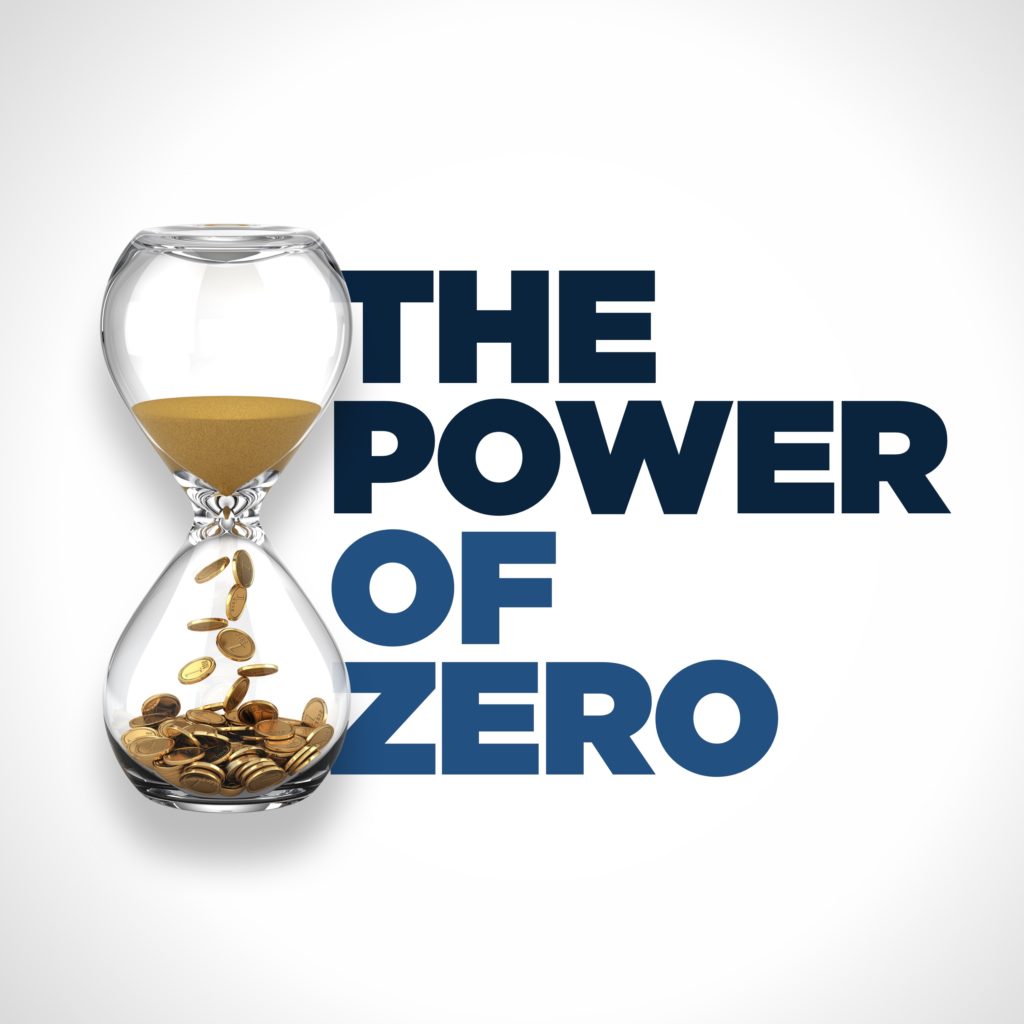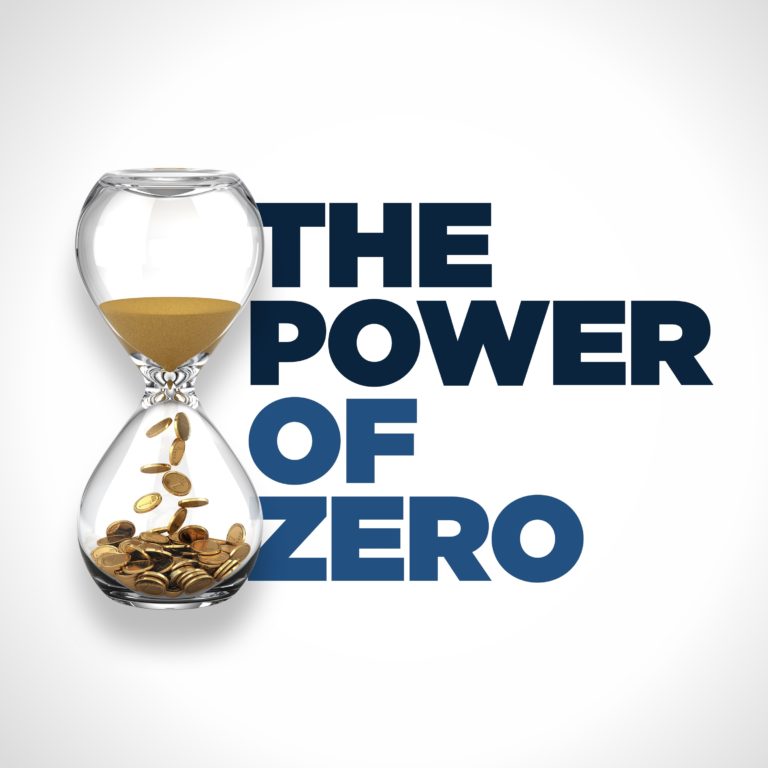The US is very likely to default on its debt at some in the future, but we’re just not sure exactly when. What we do know is that the sooner it happens to smaller the impact will be, but that doesn’t seem like it’s going to be the case.
The reality of our financial situation as of May of 2020 is the US is on course for a $3.7 trillion deficit this year. According to Jerome Powell, we are going to need another stimulus package and could be looking at a deficit of over $5 trillion, a number which normally takes five years to reach.
All of the predictions made in the past have all been accelerated because of the increased deficit spending this year.
For governments, it’s more attractive to raise taxes than it is to default on their debt because of the devastating consequences of doing so. Essentially, if Congress declines to raise the debt ceiling the US Treasury Department can no longer issue bonds and the federal government wouldn’t be able to fund all its obligations.
We have to understand the implications of default. The current debt to GDP ratio of the US is 110%, but it’s actually much higher than that if you include unfunded obligations like Social Security, Medicare, and Medicaid.
Timothy Geitner once discussed the implications of what would happen if Congress did not raise the debt ceiling and how it would impact everyone. Defaulting on the debt is not the same as a government shutdown. It’s far worse.
The second way the US could default on its debt would be by not paying the interest on the debt, in which case the value of the US Treasuries would drop like a rock and come with its own set of major problems.
In the case of a debt default interest rates will also rise dramatically because creditor countries will justifiably see the US as more risky. Other countries would no longer be willing to finance our debt spending unless we pay a lot more.
Even the threat of debt default is bad, when the credit rating of a country is downgraded interest rates go up and the effects can be felt throughout the economy.
A debt default would also affect the stock market as investments in the US would become riskier as people and countries no longer see the US as the safe haven it used to be. This would precipitate a global depression.
The first opportunity for debt default comes in 2035 but it could come sooner. The surest way to prevent a debt default is to prevent budget spending that leads to additional debt and raise more revenue. The trouble is reducing spending isn’t going to be easy.
As we accumulate more debt and march into the future, the likelihood of taxes going up becomes all the more inescapable. The cost of servicing the debt will eventually become such a huge part of the budget that the government will have to look for revenue raising activities to pay its bills, i.e. taxes.
For people saving for retirement they have to position themselves with the right amount of dollars in the right buckets. You should have six months of expenses in your taxable bucket, a balance low enough in your tax-deferred bucket that your RMD’s are equal to or less than your standard deduction, and everything else systematically shifted over to your tax-free bucket.



